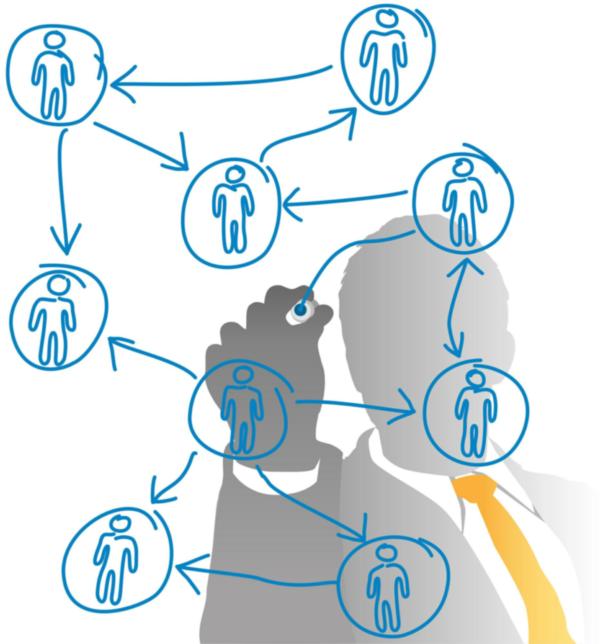· Strategic Leadership Development International ·
Tools and Resources for
Cultural Change and Organizational Transformation

Is your organization struggling? Is something holding it back from greater achievement? Is it falling short of its obvious potential? Where does the problem lie? How can you ferret it out?
In all likelihood, the problem is well below the surface, hiding deep in your corporate culture.
SLDI brings hidden troublemakers like this to the light.
We then help you neutralize their influence by showing you how to retool your culture and deny these troublesome culprits a place to flourish.
We are particularly astute at isolating forces which impede the productivity and well-being of your corporate environment. To the degree that your culture is unhealthy or counter-productive, your organization will never achieve its promise.
Certain developments are especially known for causing harm to corporate culture. Here are some of the more common ones.

- Major external changes (such as the COVID pandemic or a disruption in the industry) force a wholesale reset in how the organization operates.
- Mergers or acquistions bring together two or more cultures which are not well-aligned, or may not even be compatible.
- Changes in top management or ownership create a disconnect between leadership and workers.
- Conflicting values and aspirations pit one part of the organization against another.
- A self-protective, defensive atmosphere becomes entrenched in many corners of the organization.
- Rapid growth outpaces the capabilities of management, or at least certain portions of it.
- Rank-and-file workers lose confidence in the future of the industry, their company, or its leadership.
- Festering discontent goes unresolved for so long that the work climate becomes dysfunctional.
How does management overcome circumstances like this? Ignoring the situation is no answer. That only make matters worse. The path forward should be purposeful, intentional cultural change.
The Challege of Guiding Cultural Transformation
When leaders set out to effect sweeping change in a corporate culture, the culture frequently pushes back. (To understand why this happens, see our blog post on Why Corporate Cultures Fight Change.)
A primary function of any culture is to provide stability and predictability. To that end, culture establishes the unwritten rules as to how people are treated and how things are done.
Efforts to transform a culture pose an immediate threat to the stability and predictability which the current culture affords. This perceived threat (and it is often more perceived than real) engenders a level of anxiety which is discomfiting to some, disconcerting to others. These people then respond to their anxiety by digging in their heels and resisting the change effort.
For this reason, significant changes in corporate culture should be thoroughly planned, carefully communicated, and patiently implemented.
LeaderPerfect® Resources for Transformational Change
SLDI provides comprehensive services to help executives, managers, leaders, and entrepreneurs design and implement change initiatives.
Dr. Mike Armour, who personally delivers this service, has studied the cultural change process for 40 years. Beyond that, he has written, trained, and keynoted on the subject for decades. And he has lived what he teaches. As a leader himself, he has spearheaded wholesale transformational change in numerous organizations.
Drawing on his experience, SLDI has built a rich array of LeaderPerfect Resources for guiding cultural change. Two particularly powerful tools are the Organizational Culture Inventory (OCI) and the Organizational Effectivenesst Inventory (OEI). Both instruments have long been trusted tools for cultural transformation in even the largest corporations.
Together the OCI and OEI empower organizational leaders to know precisely where their existing culture is unaligned with an environment which would optimize effectiveness. Using the extensive feedback from the two instruments, SLDI then helps the organization identify the most urgent behavioral patterns within the culture which need to change. We then guide management in devising a plan to effect the required change expeditiously.
Related Pages
- Organizational Culture Inventory
- Organizational Effectiveness Inventory
- Organizational Change Management
- Why Corporate Cultures Fight Change
